|
HOME: www.hiltonpond.org |
|||
THIS WEEK at HILTON POND Subscribe for free to our award-winning nature newsletter (Back to Preceding Week; on to Next Week) |
NOVEMBER NATURE: "Life gets in the way"--from travel to illness to promising (but unsuccessful) fundraising efforts and other tasks--so we're seriously late posting our November 2017 summary report from Hilton Pond Center. We did manage to take a few photos, however, so for the sake of continuity we now include them here. Because natural history research did continue on a limited basis at the Center in November, we also include below a tally of all birds banded or recaptured during the period. We look forward to providing more frequent reports during 2018. Until then . . . Happy Nature Watching! All text, maps, charts & photos © Hilton Pond Center
All text, maps, charts & photos © Hilton Pond Center After being away for several days in late October we ran a few mist nets to start November off right at Hilton Pond Center and caught 17 birds on the first day of the month--mostly Yellow-rumped Warblers. Of particular interest was our second Brown-headed Nuthatch of 2017--plus a rather late hatch-year female Black-throated Blue Warbler that needs to get moving south. (Our previous late date for this species is 26 Oct.) A sure sign the seasons were changing was our first White-throated Sparrow of the fall (a dull-morph individual of undetermined sex; see photo above). With the coming of white-throats we suspect the Center's quintessential cold-weather birds--Dark-eyed Juncos--can't be far behind; then we'll know winter is REALLY on the way. All text, maps, charts & photos © Hilton Pond Center
All text, maps, charts & photos © Hilton Pond Center Despite an unseasonable and unreasonable high of 75°F on 2 November at Hilton Pond Center, the calendar still said it was late autumn, so many plants that pay more attention to photoperiod than temperature had already lost their leaves as winter approached. For example, a big Black Walnut tree beside the Center's old farmhouse stood naked against the bright blue sky--well, naked except for two things: 1) There were quite a few ripening walnuts still hanging on branches (see photo above); and, 2) A stout specimen of Trumpet Creeper, Campsis radicans, that twined for 60 feet up into the tree seemed to be holding its yellowing compound leaves until the very last minute. This 25-year-old vine is one of our bigger Trumpet Creepers on the property; at eye level its semi-woody growth is four inches in diameter! If you follow our hummingbird work you know we praise Trumpet Creeper as the single most important native plant for Ruby-throated Hummingbirds because it blooms profusely late spring through late summer and makes prodigious amounts of energy-rich nectar. In our judgment the best way to start Trumpet Creeper is at the base of a mature tree--into which it can climb in search of sunlight needed to produce those tubular orange-red flowers that serve hummingbirds so well. It won't hurt the tree, and it'll provide fall foliage that lasts longer than that of many other native plants. All text, maps, charts & photos © Hilton Pond Center
All text, maps, charts & photos © Hilton Pond Center Chilly, rainy weather at Hilton Pond kept us from deploying mist nets for many days the first half of the month, so we were pleased on 14 November when conditions were more conducive to banding. It was good to finally catch the first Dark-eyed Junco of the season--convincing evidence winter is indeed imminent--but the bird of the day had to be a feisty, diminutive male Golden-crowned Kinglet (GCKI; see photo above). This fall we'd already banded several of this bird's first cousins (i.e., Ruby-crowned Kinglets), but GCKI are considerably less common here at the Center and their brighter colors just seem to warm us up on cold days. (For the record, in 36 years of banding we've handled 594 RCKI but only 164 GCKI.)
All text, maps, charts & photos © Hilton Pond Center Female ruby-crowneds are about as a drab a bird as one can find, with gray-green plumage and a pale white wing bar; the male Ruby-crowned Kinglet (above) differs from his mate only in a red crest that stays hidden unless he's stimulated by a female or intruder. The golden-crowned has quite a bit more bling, with a pair of black head stripes bordering a swatch of bright yellow; the male gilds the lily with a brilliant orange-red central crest that's often more visible than that of the male ruby-crowned. Historically kinglets were placed in the Sylviidae (Old World Warblers), but recent DNA analysis suggests they should be in their own family, the Regulidae. (Thanks to advances in DNA analysis bird taxonomy is in constant flux, it seems, so we shouldn't be surprised if someday the kinglets somehow get lumped or split again.) Our two North American kinglets have overlapping ranges but follow different lifestyles and food preferences. Both nest primarily in Canada's boreal forests and overwinter in the southern U.S. The ruby-crowned is a generalist, munching on everything from dogwood berries to small insects and even suet and sunflower seed scraps left behind by bigger birds. As conifer specialists, Golden-crowned Kinglets tend to be more restrictive in diet, preferring to go after all sorts of small arthropods and their eggs--food items they glean from bark and pine needles even on the coldest days. All text, maps, charts & photos © Hilton Pond Center On 14 November we also netted a Song Sparrow at Hilton Pond Center that was significant for a number of reasons. First, this was not the first time we had seen the bird, having recaptured it in March 2016, January 2015, and March 2013--all after we banded it as an after-hatch-year bird of unknown sex on 11 January 2010. That meant in 2017 it became an after-8th-year bird--one of our oldest recaptures of ANY species in 36 years of banding at the Center! Based upon our local banding records--Song Sparrows (SOSP) do not breed locally and occur at the Center only in winter, meaning this bird must have left each spring and returned in autumn; such recaptures indicate amazing site fidelity. Although this individual is indeed our oldest-ever SOSP it still has a ways to go for the known record for its species: 11.3 years. (Note that at first capture "our" bird was already an adult; it could have hatched out BEFORE 2009 and been even older than after-8th-year.)
All text, maps, charts & photos © Hilton Pond Center Whether #1771-77023 will live that long is suspect because it is already showing what we believe are signs of old age. The feathers on its crown were sparse--perhaps a situation similar to hair-thinning in older human beings. But we think the real tell-tale sign this bird has been around a while was the profusion of fleshy growths on its face (see photo). We hypothesize these protuberances--the likes of which we have not seen previously on any bird species--were caused by skin mites, Knemidocoptes spp. (Some protuberances had feathers growing from their tips, so perhaps they represent damaged feather follicles.) Even though these growths grew all along the rear edge of the upper mandible and above and behind the bird's right eye, we don't think they impaired its ability to feed or survive--at least not yet. We speculate that as an old bid this SOSP was more susceptible to mites. That said, what we're offering here is all conjecture. If you have another idea or better evidence of what might have caused the growths on this bird's face and head, please send your thoughts to INFO. Regardless, DON'T be "grossed out" by this natural occurrence and DON'T feel sorry for the Song Sparrow; it seems to be getting along just fine. We're personally happy ol' 77023 has lived as long as it has and that it's paid so many visits to Hilton Pond--perhaps a place that seems like "home." All text, maps, charts & photos © Hilton Pond Center During the first half of November at Hilton Pond Center several bird species--particularly American Robins, Yellow-rumped Warblers, Hermit Thrushes, and Cedar Waxwings--were hustling after the last of our Flowering Dogwood berries. This lipid-laden fruit was pretty much gone by 20 November, so mixed flocks weren't battling in the trees anymore; instead they were swooping down onto various small water features installed around the old farmhouse, drinking and bathing in sometimes frenzied fashion. Water is a major attractant for birds and wildlife, of course, especially since it seems we are about to enter late fall drought conditions here in the South Carolina Piedmont.
All text, maps, charts & photos © Hilton Pond Center It was too windy to run mist nets on the 20th, but the previous week we caught four Cedar Waxwings (CEWA)--none of which were worthy of the species' name (see photo above); indeed, these individuals lacked even a hint of red-waxy tips on their wings (below). Contrary to popular thinking, red tips are not a reliable way to determine a waxwing's sex; however, the ABSENCE of red tips at this time of year is a 90-95% reliable indicator the bird is immature (i.e., hatched in 2017). In fact, many young CEWA without waxy tips will still not have them until their second autumn.
All text, maps, charts & photos © Hilton Pond Center Interestingly, a Cedar Waxwing's throat plumage turns out to be a much better indicator of its gender. If black color is extensive--as with the bird in our photo above--it is male; if black is lacking or greatly reduced it is very likely a female. CAVEAT: This characteristic is reliable in the hand but shadows on free-flying waxwings make sexing them difficult. All text, maps, charts & photos © Hilton Pond Center
All text, maps, charts & photos © Hilton Pond Center That profusion of Rootless Duckweed, Wolffia arrhiza, that--for the first time in 36 years--overtook Hilton Pond in the summer of 2017 finally began to succumb to cooling temperatures by late November. After nearly covering the pond in August, these barely macroscopic floating organisms became much less visible, and at least half the surface was free of this recent interloper during Thanksgiving week (see photo). Some duckweed likely died outright due to an overnight low of 28.4°F on 20 November, but a lot of it will last the winter by encapsulating and sinking into relatively warm water at pond bottom. Alas, this likely means our Rootless Duckweed colony will awaken next spring when the pond "turns over," returning once again to carpet the surface. (Let's hope a really cold winter will minimize a recurrence.) All text, maps, charts & photos © Hilton Pond Center Happy Thanksgiving!
All text, maps, charts & photos © Hilton Pond Center Don't forget to scroll down for Nature Notes & Photos, 
Checks can be sent to Hilton Pond Center at: All contributions are tax-deductible on your |
|---|
|
"This Week at Hilton Pond" is written and photographed by Bill Hilton Jr., executive director of Hilton Pond Center for Piedmont Natural History
|
|
|
Please refer "This Week at Hilton Pond" to others by clicking on this button: |
Comments or questions about this week's installment? Send an E-mail to INFO. (Be sure to scroll down for a tally of birds banded/recaptured during the period, plus other nature notes.) |


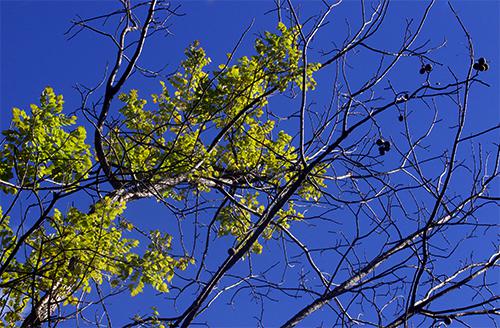
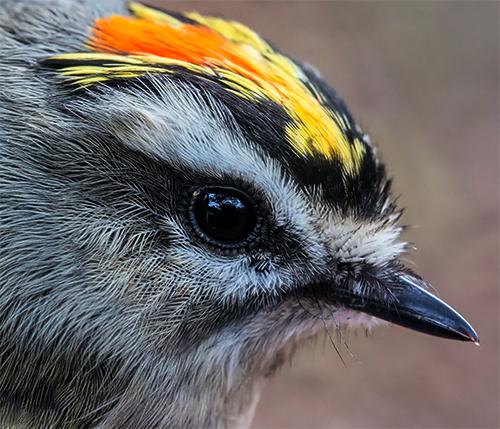
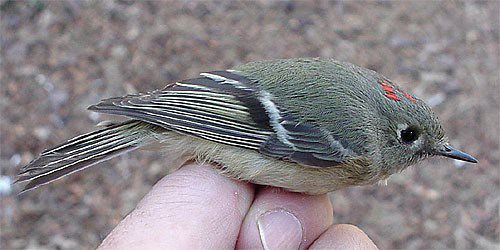


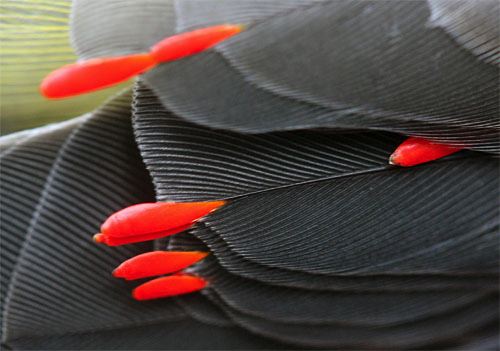
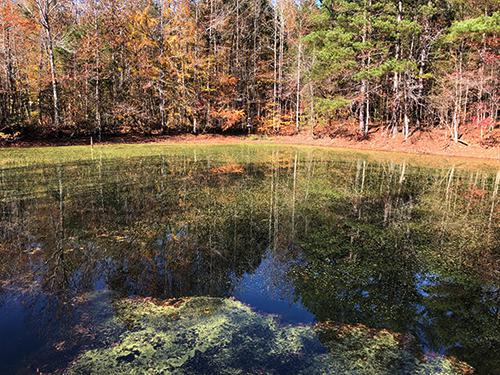
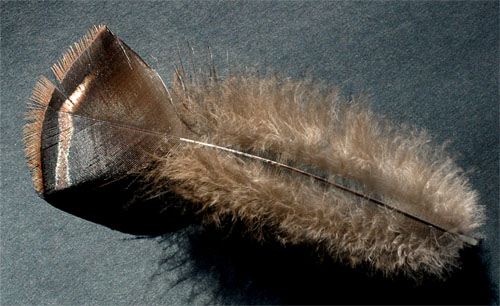








 Please report your
Please report your